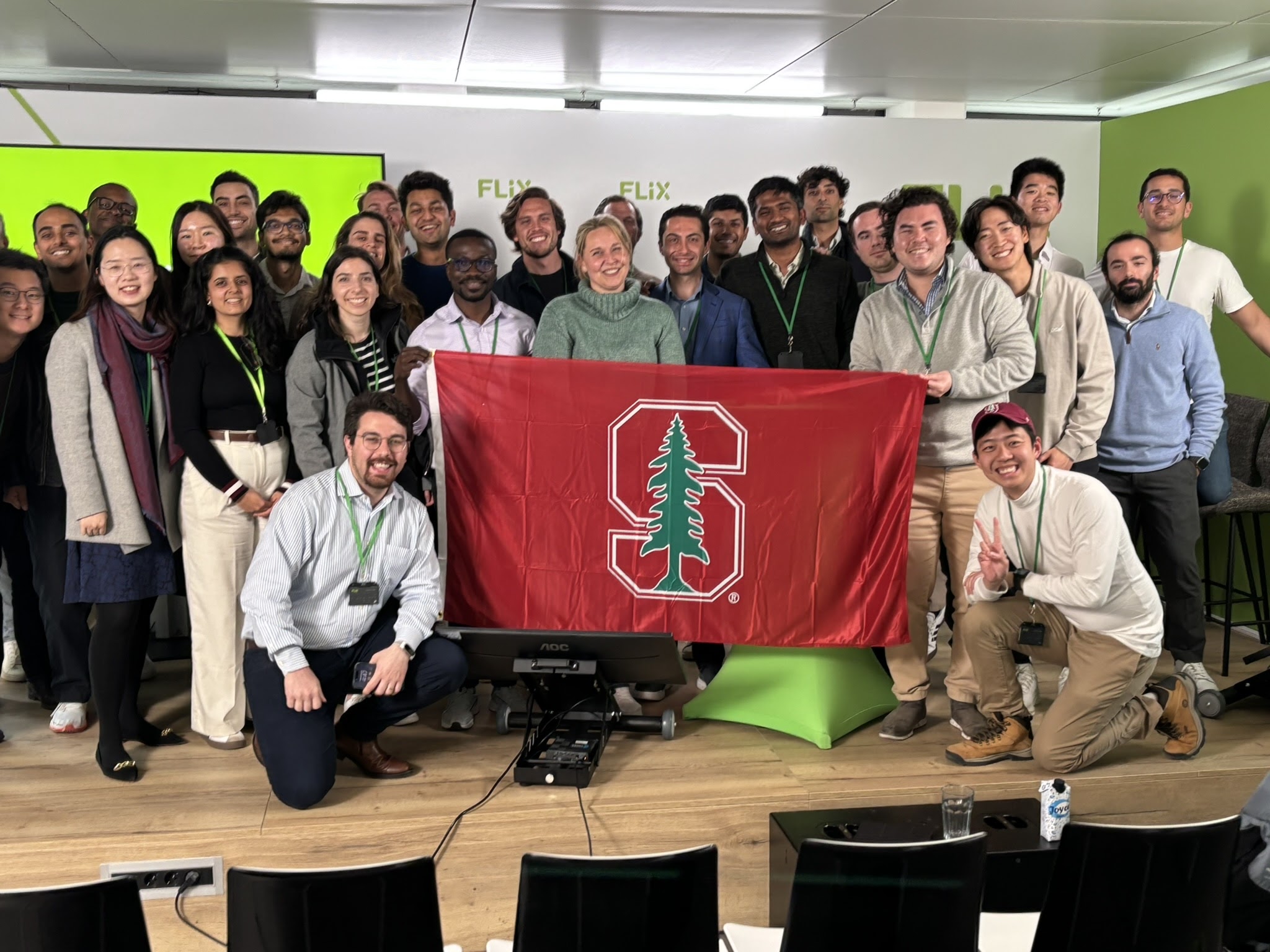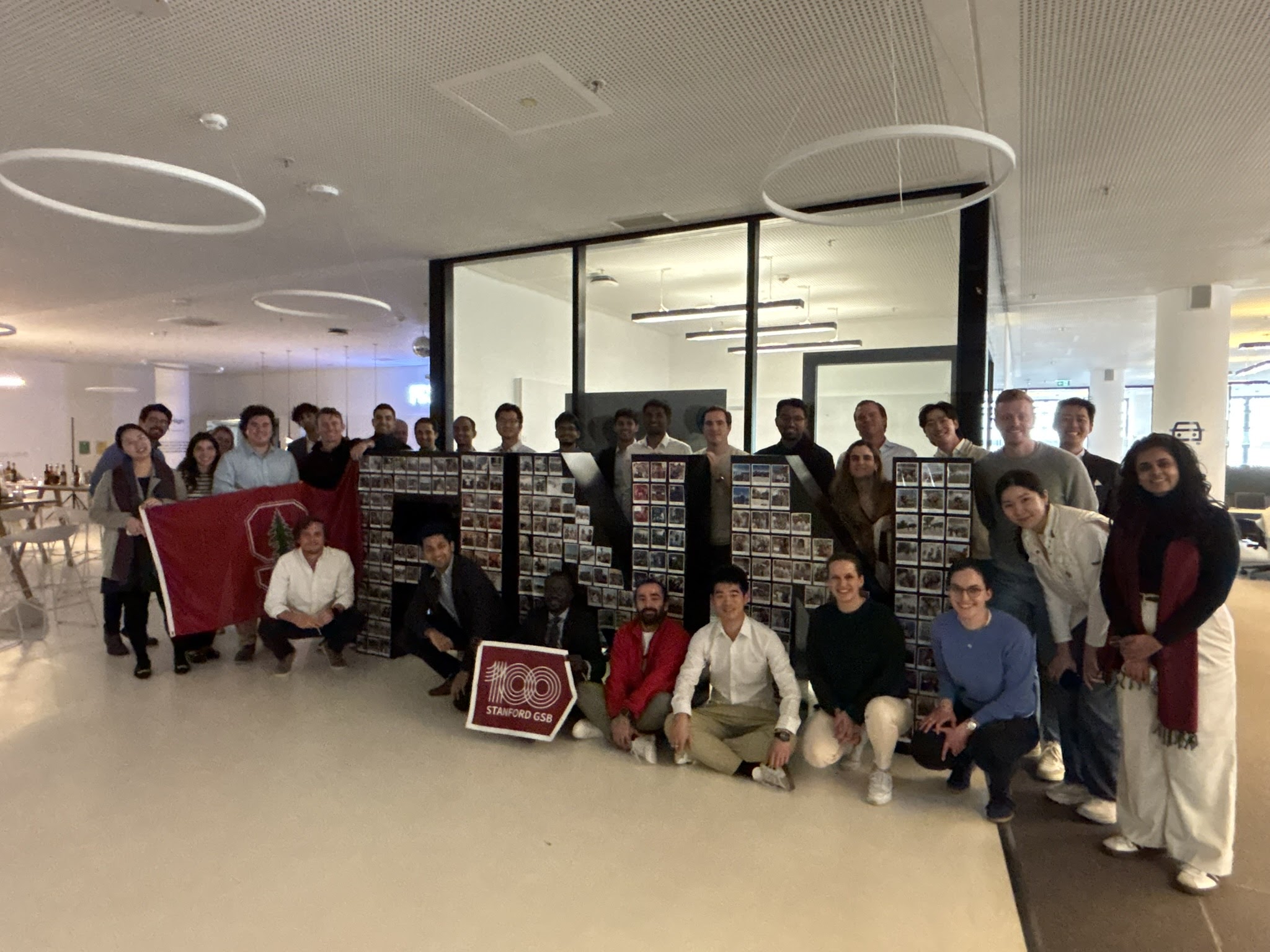Future of Mobility
12 Apr 2025I recently led a Global Study Trip to Germany and Italy to understand how traditional European automakers are responding to disruptive changes in mobility. While Silicon Valley pushes autonomous vehicle technology and China accelerates electric vehicle production, my goal was to see firsthand how Europe’s automotive giants are adapting.
The Chinese threat loomed large throughout the visit. Manufacturers like BYD produce comparable cars at a fraction of the cost. With economic uncertainties and trade tensions, European automakers face existential challenges in the coming decades.
The European automotive industry faces profound challenges despite its rich heritage and engineering excellence. The trip challenged assumptions: electrification is progressing more slowly than expected, autonomy is not the immediate priority anticipated, and the survival of some storied brands appears uncertain without bold strategies.
Successful transformation will require balancing technological advancement with cultural meaning, operational excellence with design, and tradition with sustainability — a balancing act that will determine whether Europe maintains its leadership in the evolving transportation landscape.
Italian Innovation and Tradition
Lamborghini: Preserving Brand Identity
Lamborghini explained their gradual transition to electrification via hybrid models like the Revuelto and Temerario. They’ve grown from 424 to over 10,000 cars annually by carefully expanding product lines while preserving their brand essence. The company faces challenges with electrification as customers value the acoustic signature of their combustion engines.

Ferrari: Exclusivity Above All
Ferrari positioned its brand similar to Hermès, emphasizing that purchasing power alone doesn’t guarantee access to their coveted models. This approach allows a controlled pace toward new technologies while maintaining exclusivity.

Dallara: Innovation Laboratory
Dallara uses motorsport as a laboratory for innovation in carbon fiber, aerodynamics, and simulator technology. Their business model revolves around selling innovation to car manufacturers rather than selling cars directly. Operating from a small Italian town, they’ve nearly monopolized the racing car chassis market.
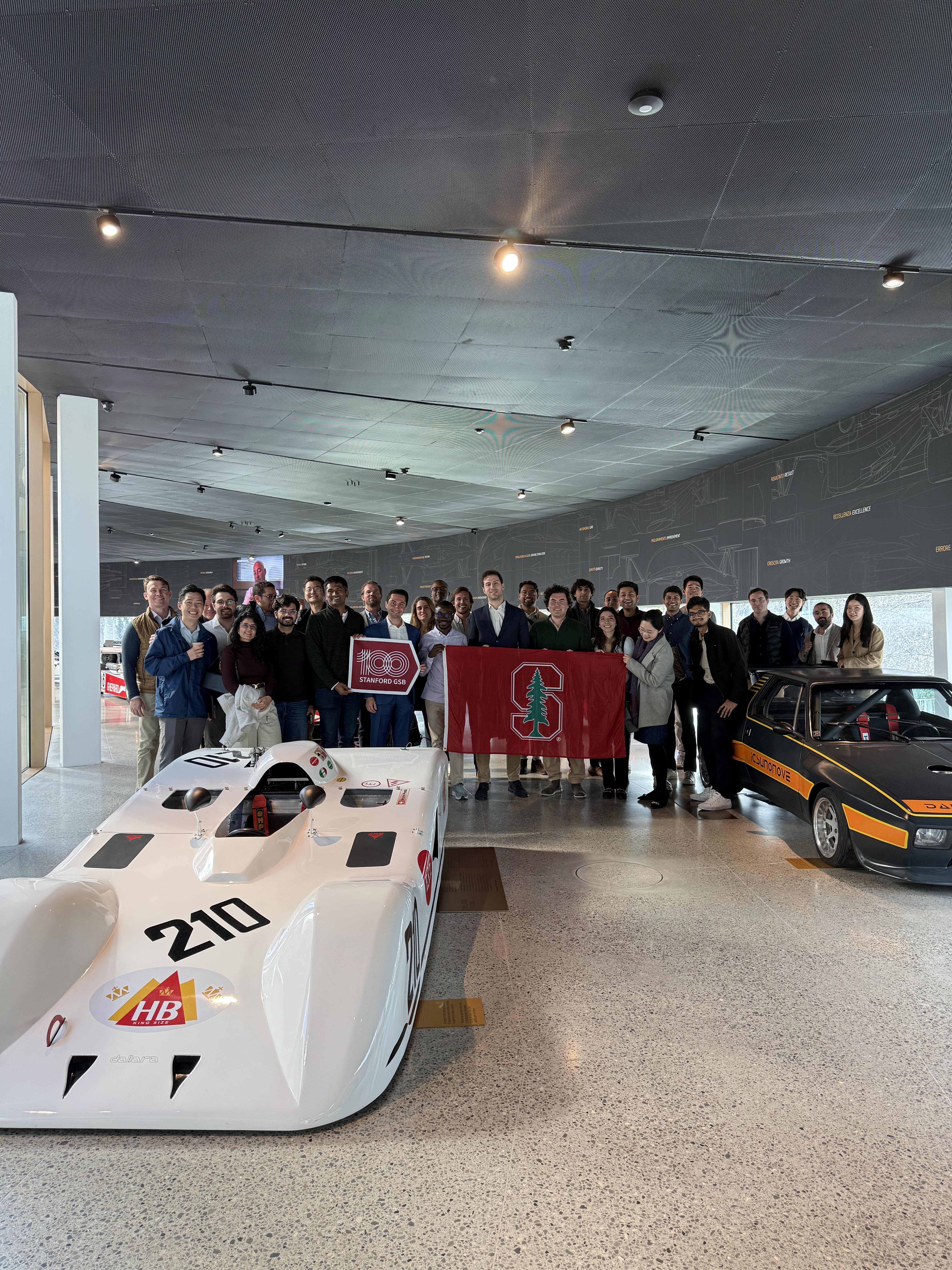
VCARB: Efficiency Under Constraints
The Formula 1 team demonstrated how extreme constraints drive innovation. Their ability to produce entirely new cars with 10,000 unique parts each season showcases how limitations foster creativity and efficiency.

German Automotive Giants
BMW: Pragmatic Electrification
BMW demonstrated a pragmatic approach to electrification by adapting existing platforms rather than developing entirely new architectures. Their strategy focuses on “Freude” (joy) as central to their brand identity, with high-efficiency platforms that accommodate multiple powertrain options. BMW continues investing in hydrogen fuel cell technology alongside battery EVs, showing a multi-pathway approach to future mobility.
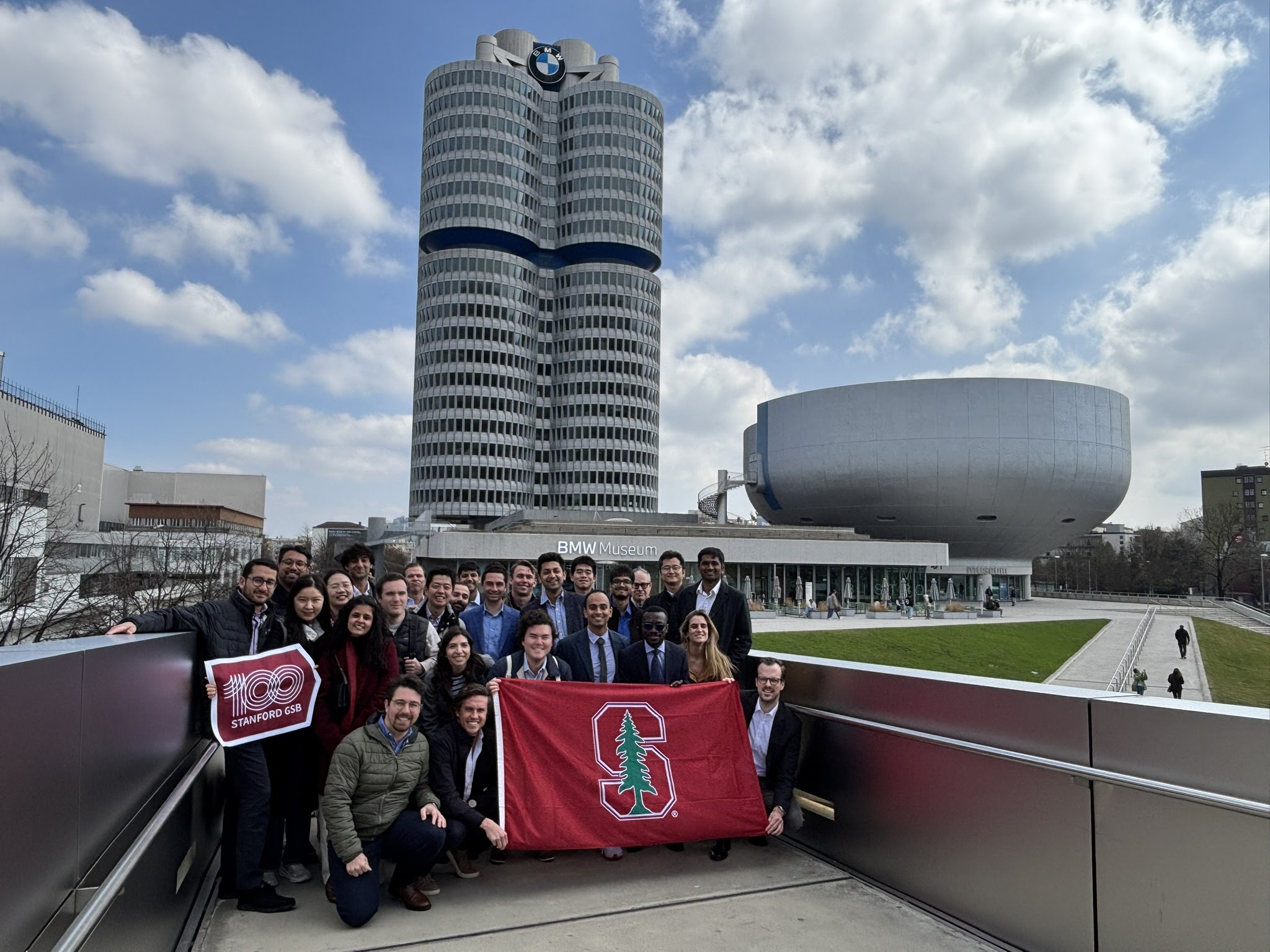
Mercedes-Benz: Reality Check for Ambitious Goals
Mercedes-Benz developed a separate EV line (EQ) that has struggled financially. Despite billions invested in electrification, less than 1% of their sales come from fully electric vehicles. The company has faced challenging regulatory hurdles in obtaining approval for autonomous driving in Europe, while competitors in the US and China secured approvals more quickly.
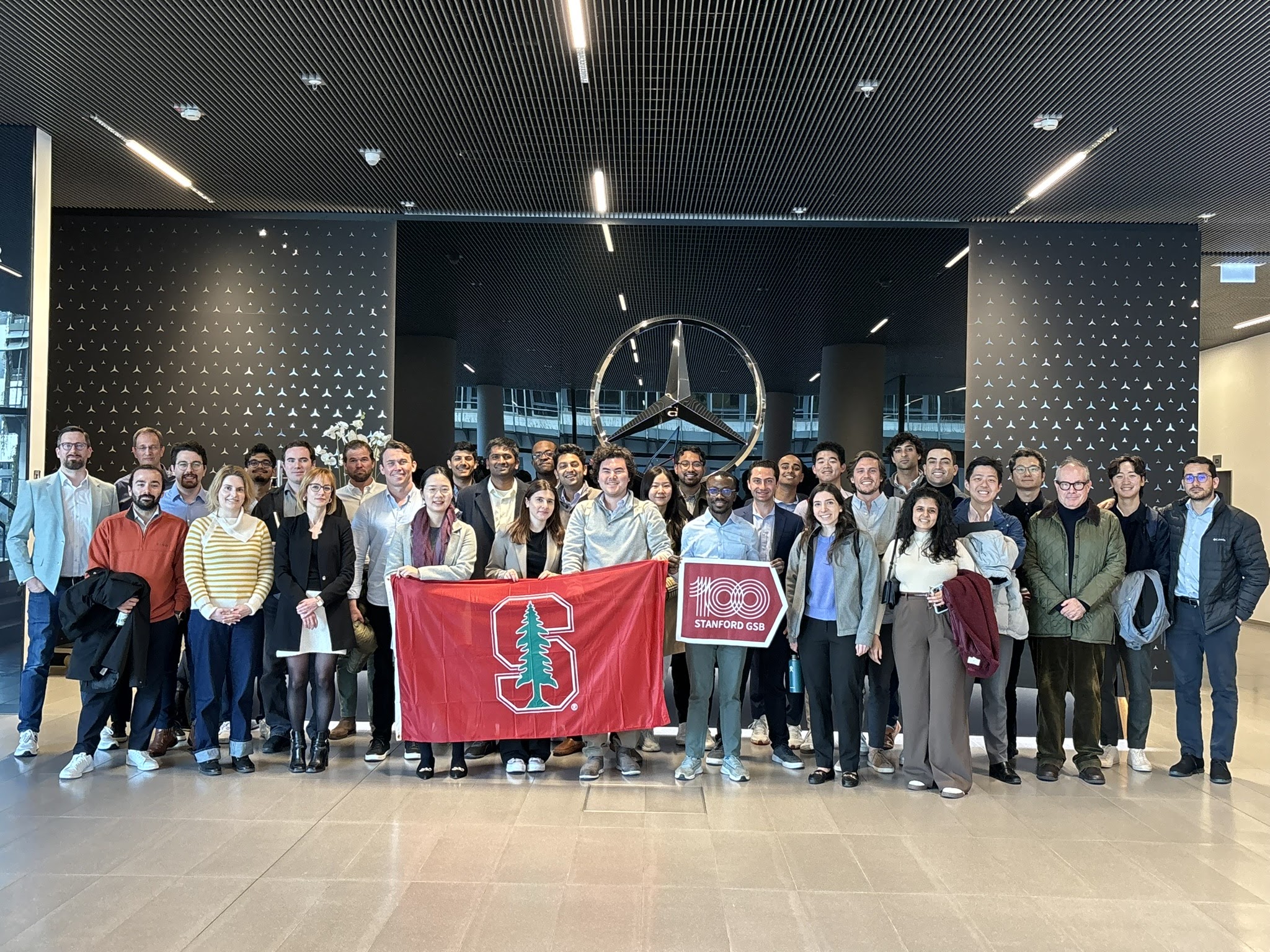
Audi: Manufacturing Philosophy
Audi’s production systems balance automation and manual craftsmanship. Their assembly lines still require extensive manual work for complex tasks like wiring harnesses, while incorporating visual intelligence in their robotics. This approach differs from their corporate siblings at Lamborghini, suggesting different manufacturing philosophies within the Volkswagen Group.
Traton: Economic Case for Electric Trucks
Traton (Volkswagen’s commercial vehicle division) provided decisive analysis against hydrogen in commercial transport while highlighting the economic advantages of electric trucks. They emphasized that lower operating costs create a compelling business case regardless of environmental considerations, though infrastructure remains the primary bottleneck.

New Mobility Players
FINN is reimagining vehicle ownership through flexible subscription models, while FlixBus created an asset-light approach to mass transit by partnering with local operators rather than owning fleets.
